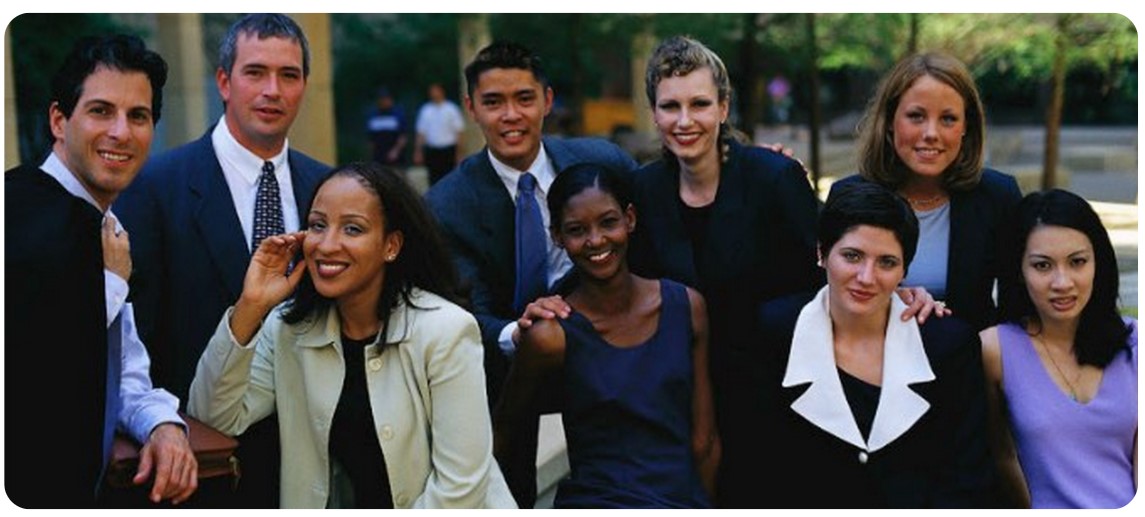
Developing Diverse Global Talent
Global leaders can’t just focus on their departments anymore. It takes full cultural knowledge and acceptance to cultivate a diverse team.
January 30, 2015
When it comes to being an effective global business leader, CEOs are looking for people who think and perform differently. It is no longer enough to understand one’s functional business area. Similar to domestic considerations, global leaders must develop expertise or at least strong familiarity with industry regulations, price trends, industry norms, competitors, supply constraints, political issues, cultural and even religious values outside of their own.
To some, managing a team of diverse employees can seem like a burden — working to understand people of different age, race, gender, life stages, family make-up and mindset. However, in the 18th Annual Global CEO Survey recently conducted by PricewaterhouseCoopers, 85 percent of CEOs reported that formal diversity and inclusion strategies benefited their bottom line. Furthermore, the majority of CEOs (71 percent) said they search different geographies for competitive talent, implying there is benefit in mixing up the talent.
Global leaders need to maintain focus on the company’s bottom line by recruiting and retaining diverse employees. A diverse workforce sees the world differently because each of them approach problems with unique perspectives and specialized skills. Great leaders demonstrate a genuine interest about the world, international events and in people different from themselves working within their institution.
The world is constantly changing and so must CEOs who want to maintain a solid footing in the marketplace. To keep up with the speed of change, global leaders are deliberate in crafting an inclusive workforce that reflects the makeup of its customers and suppliers, who are also diverse and on board with an inclusive culture.
When objectives are clear and compensation is tied to the achievement of such goals, it paves the way for conversations that have sometimes been difficult to address in the workplace. The requirement that managers must interview people who encompass an array of diverse traits is just the beginning. There must be a comprehensive diversity and inclusion strategy that allows teams to strengthen the depth of their team by adding diverse experiences and perspectives.
Leaders must set goals related to sourcing and retaining diverse employees in the leadership ranks because goal setting is imperative when operating in a changing world. If companies are serious about setting goals for a diverse workforce, they are less likely to experience the negative impact when moving into new and expanding markets knowing that employees who offer a different lens are sometime conduits to opening doors in disparate markets. Despite clear objectives and goals, it should be noted that a leader must not only choose their own diversity path to follow but also be able to make changes to eliminate hindrances when necessary.
In the Pricewaterhouse survey, 81 percent of CEOs said they look to equip employees with new skills, introducing this concept of “adaptable talent.” A good global leader enables his or her organization to align the business’ learning agenda to its business objectives; enabling a much smoother transition in the stages of company growth.
Are you a leader who wants to effectively impact your company’s bottom line? Then you must change the way you see diversity. Here are some things you can do:
Seek out opportunities to change your perspective. In Heidrick & Struggles “The CEO Report,” CEOs read outside their typical areas of interest or sought out diverse conversations during travel.
Embrace the best of your company’s diversity and inclusion strategy. Even when execution does not align with intentions, most reasonable people in organizations agree with the purpose behind such strategies. They understand that an inclusive workforce with diverse perspectives yields superior results.
Create safe zones for people to express themselves. To be open and honest are often traits that leaders aspire to possess. Great leaders create environments that allow for a free flow of thoughtful diverse dialog to prevail.
When creating teams, look beyond traditional “internal dimensions” of diversity. Internal dimensions include: gender, age, race, ethnicity, physical ability and sexual orientation. External and organizational dimensions of diversity are sometimes just as valuable (educational background, parental status, field of work or seniority, etc).
What are some other things you can do to change the way you see diversity? Do you have opportunities to change your vantage point? Can you create opportunities for others to see things differently?
Monica P. Hawkins is CEO of PPDG and is an adviser to Fortune 1000 C-suite executives across the globe, focusing on alignment of business objectives with talent management systems and learning agendas. She can be reached at editor@CLOmedia.com.

